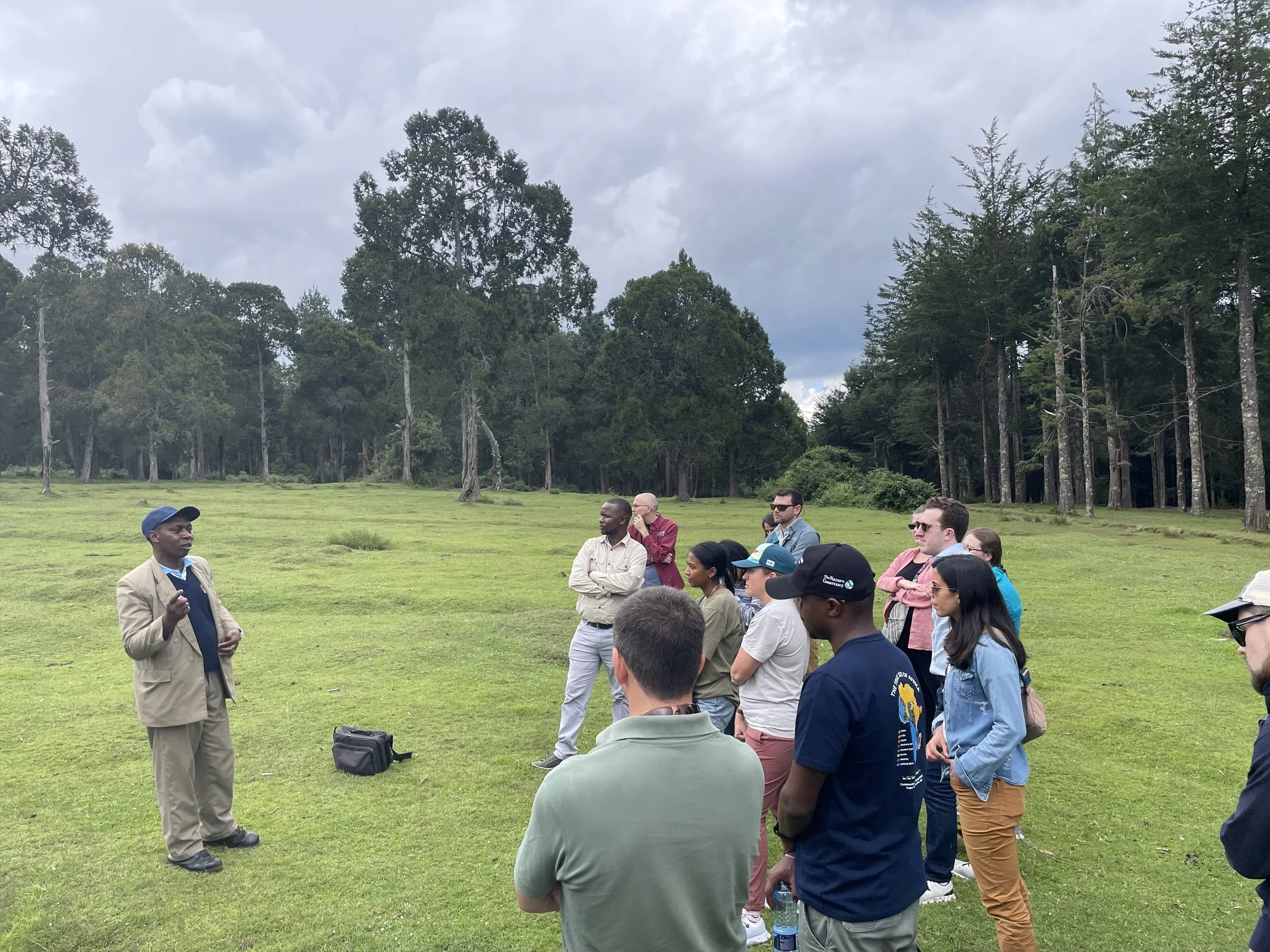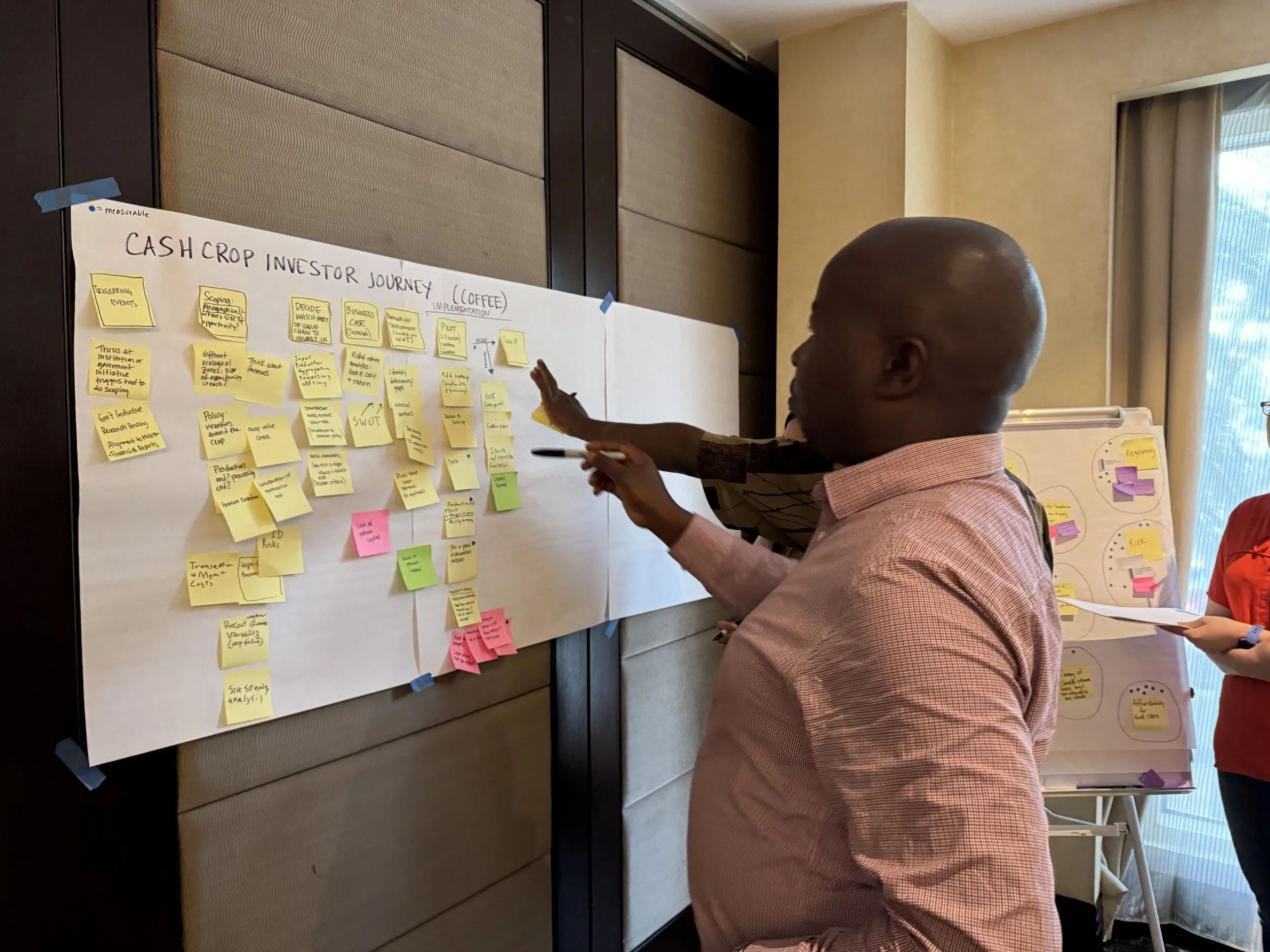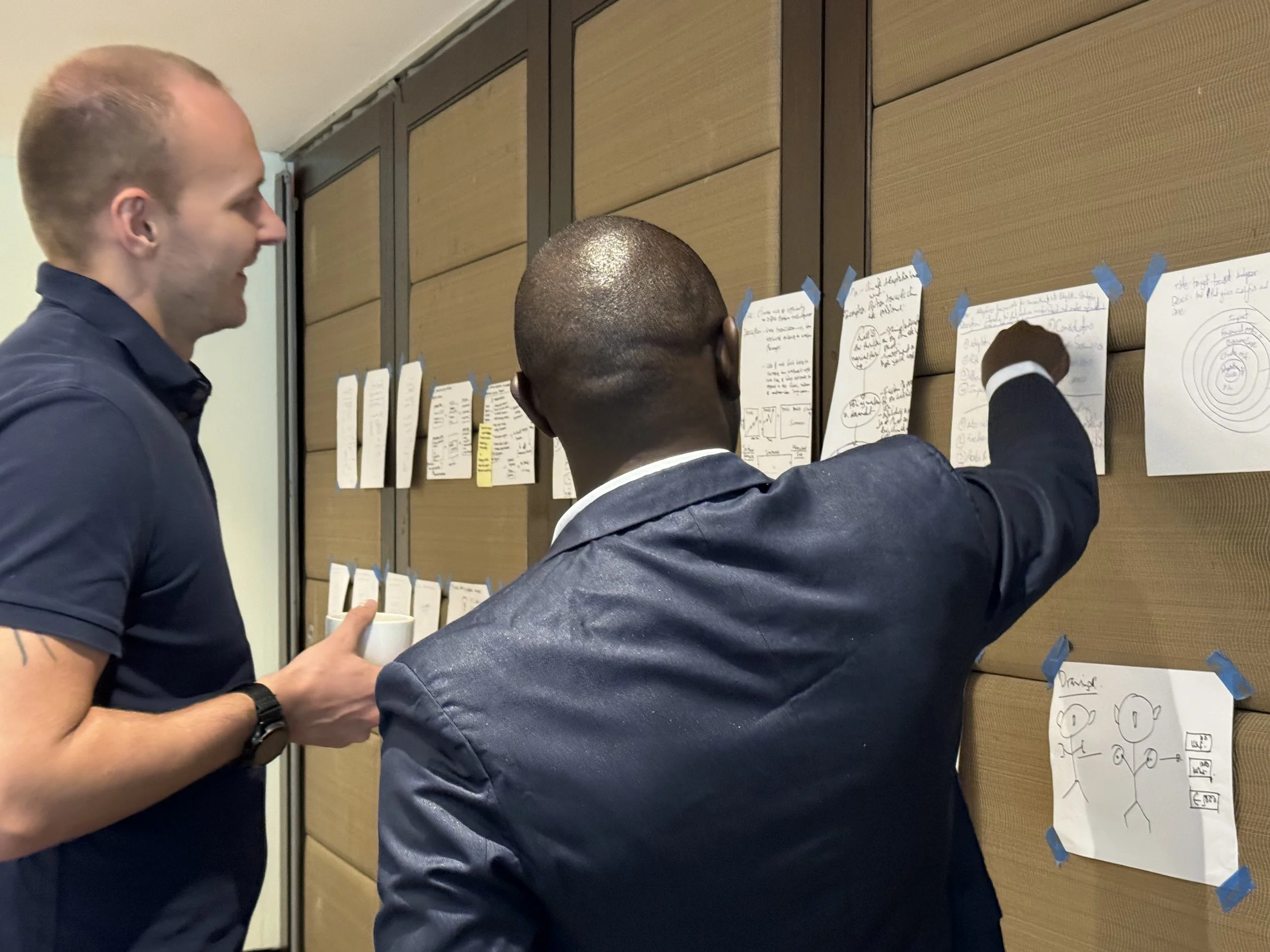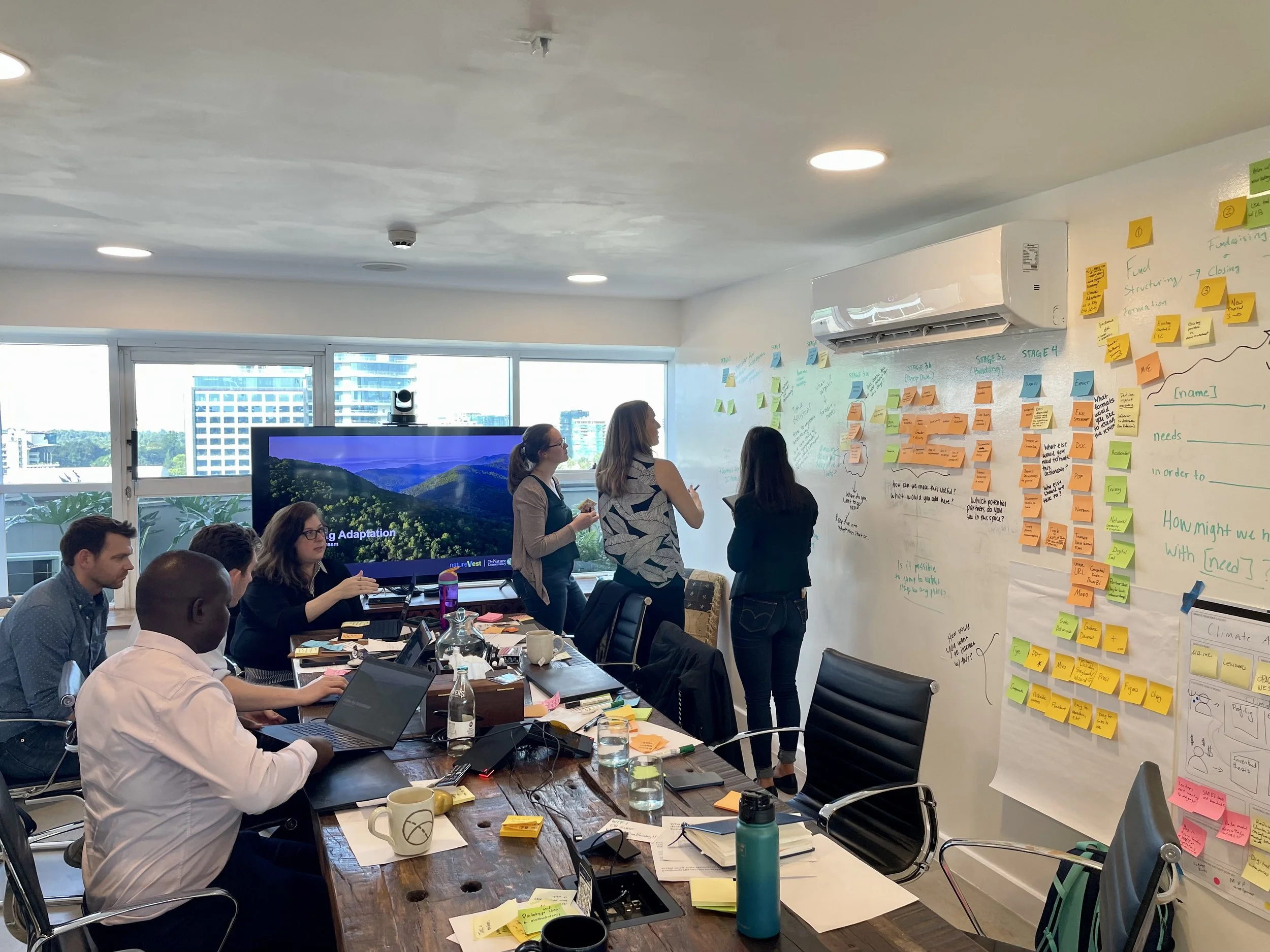Quantifying the Value of Agricultural Adaptation
(Gates Foundation + The Nature Conservancy)
Note: this project spanned several months and I can provide a more in-depth case study upon request.
Challenge
Climate change poses acute risks to small-scale producers (SSPs) in Sub-Saharan Africa and South Asia. Yet only 7% of global climate finance currently flows to adaptation, and investors struggle to price climate risk or see the upside potential of adaptation.
The Gates Foundation engaged The Nature Conservancy, with facilitation and project management support from Curious Consulting, to develop a user-centered investor framework that would quantify adaptation benefits in financial terms, match strategies to investor needs, and catalyze new private investment in agriculture resilience.
Approach
The project unfolded in several stages, blending advance research with a week-long in-person design sprint in Nairobi.
Pre-sprint groundwork
Stakeholder interviews: Dozens of conversations with investors, fund managers, banks, NGOs, and technical experts revealed both appetite and skepticism around adaptation finance.
Landscape review: The team synthesized existing frameworks, metrics, and lessons from comparable efforts, mapping out gaps where investors lacked clear decision tools.
Empathy research: We captured perspectives from both financiers and smallholder-focused organizations to surface the barriers and incentives that shaped investment choices.
Sprint kickoff: field immersion
The sprint began with a field visit to the Tana Water Fund, where participants met small-scale farmers and saw firsthand how climate change affects daily agricultural practices. Observations and farmer quotes were captured as input for later activities.
Day 1: Context, alignment, and journey mapping
At the Nairobi workshop, a diverse set of participants — including investors, banks, development finance institutions, and NGOs — joined the sprint. Together we:
Shared project context and goals.
Built a context map covering stakeholders, food systems, regions, barriers, opportunities, and success criteria.
Aligned on priority focus areas, such as maize-mixed systems in East & Southern Africa and rice–wheat systems in India.
Created journey maps to understand how different types of investors make decisions, highlighting pain points such as uncertainty around risk pricing or lack of investable products.
Day 2: Ideation and concept development
Participants
Lightning demos of analogous tools from other sectors sparked ideas.
Small groups generated “How Might We” questions and sketched early solutions.
Through gallery walks, speed critique, and dot voting, the group converged on the most promising ideas. Teams developed concept posters, articulating value propositions, success metrics, and testable assumptions.
Day 3: Prototype development
Working sessions focused on building a tangible investor playbook prototype:
Frameworks linking food systems to adaptation strategies.
Metrics to quantify value and risk.
Guidance tailored to different investor tiers (from impact funds to commercial banks).
The prototype was iterated in real-time based on group feedback.
Day 4: Showcase & testing
Two rounds of showcases brought in external stakeholders not part of the sprint. They stress-tested the prototype, offered critiques, and validated assumptions. Insights from these sessions fed into a roadmap for scaling and implementation.
What We Learned
Investors need clarity, not complexity: Concise frameworks that translate adaptation benefits into financial terms resonate more than dense technical models.
Adaptation is both risk mitigation and opportunity: Positioning adaptation as an upside improves investor appetite.
Blended finance is essential: Patient capital and concessional funding are needed to unlock commercial participation.
Co-creation builds buy-in: Having investors and practitioners in the room together created shared ownership of the resulting framework.
Outcome
The sprint delivered a user-tested investor framework and playbook that:
Quantifies adaptation value in terms that different investor segments can understand.
Matches adaptation strategies to appropriate capital types.
Prioritizes scalable, high-impact interventions such as irrigation, improved seeds, and advisory services.
Provides a roadmap for coalition-building and future standards development.
This process not only created a tangible product but also built momentum, relationships, and a shared vocabulary among a diverse set of players in the adaptation finance space.





